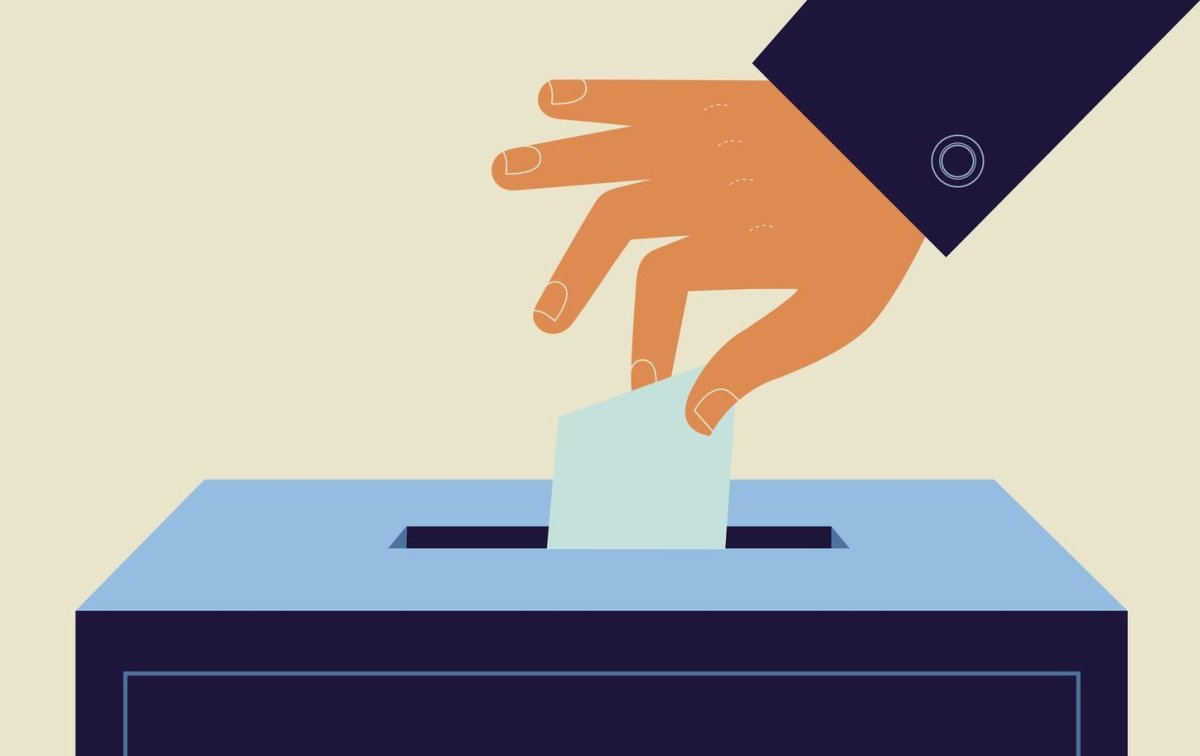Londoners will be heading to the polls in a matter of days to vote in what will be Canada’s first municipal election conducted by ranked ballot.

London city council voted back in May 2017 to implement the system in this year’s election.
As opposed to the usual first-past-the-post system, in which voters choose only one mayoral candidate and one council candidate, with a ranked ballot system, voters have the ability to rank three mayoral and council candidates by preference — the most preferred candidate is marked as the first choice, the least preferred the third choice.
If, when ballots are counted for the first time, no mayoral or council candidate wins a majority — 50 per cent plus one — the candidate with the fewest first-choice votes is dropped off the ballot, and the second and third-place choices of that candidate’s supporters are then counted. This process continues until one candidate emerges with a majority.
Compared to the old ballot process, ranked voting is … not as simple. And according to City Clerk Cathy Saunders, some voters are finding it somewhat intimidating.
Saunders, who also demonstrated the ranked ballot process in a Facebook Live stream, said some voters at advanced polls were confused when it came to marking their preference on the ballot.
“There’s no way to determine who the preferred candidate is.”

In addition, voters who put down one candidate as their first, second, and third choice will see their ballot exhausted after the first count. “We can’t use the second and third choice,” Saunders said. “And the candidate does not get three votes.”
But while the ranked ballot allows Londoners to rank three candidates by preference, Saunders says voters don’t have to do that. Voters can select two candidates, choose not to rank and pick only one candidate, or put down no candidate at all. Londoners can vote for a mayor and no councillor, or vice versa.

Unlike past elections, where results have been largely determined by the time voters head to bed, that won’t be the case with a ranked ballot system — at least right now.
When the more than 200 polls across the city close at 8 p.m. on election night, poll supervisors then have to drive the tabulators and ballot boxes downtown to city hall. There, staffers will download the data from the tabulators onto a central server.
“The count is being done throughout the day with the tabulators. It’s the time to take the data from the tabulator and download it into the server that will take a bit of time,” Saunders said.
Because a ranked ballot requires a majority threshold of 50 per cent plus one for a winner to be declared, in order to determine that threshold, all votes cast at every poll have to be counted, meaning the city is unable to release poll-by-poll numbers, Saunders says.
Saunders said they’re committed to releasing any ward races as quickly as they can, and are hoping to have all of round one released by midnight. “But don’t hold me to that.”
“For example, if we have all the tabulators in for Ward 13, then we will release the Ward 13 councillor race because we would have all the information on the ward race, so we would know what the threshold is,” she said. “We will not be able to release the mayor race until every poll has reported in.”
In races in which a winner isn’t declared after the first count on Monday night, results won’t be known until Tuesday after counts resume at 10 a.m.
In the rare event no candidate in a race reaches the threshold, the candidate with the most votes at the end would win.
While polls close at 8 p.m., Saunders says some could end up staying open later to allow voters who arrived prior to, but weren’t able to vote by closing time. “We have to allow those voters to continue to vote because they were there before 8 p.m,” she said.
Also adding to the wait is the methodology with which candidates are being eliminated from the ballot.
Instead of eliminating candidates with the lowest votes by batch elimination — where multiple candidates who, after the first count, have no mathematical chance of winning and are dropped from the ballot en masse — Saunders says candidates are being eliminated one-by-one.
“Because this is our first time, and I want to ensure everything is transparent and everybody understands how the vote transfers occur, I chose to do the single elimination,” she said. “In that case, we have to release one round at a time … so that’s the reason why it will take a bit of time. Also, I’ll be double checking figures before I will sign off for them to be released.”
As candidates are eliminated from the ballot in races where multiple counts are required, Saunders says results will take less time to be determined as there will be fewer votes to double check.
READ MORE: London to vote by ranked ballot in next municipal election (May 2017)
It’s not yet clear how much the switch over to a rank ballot system cost. The final tally will be learned once the election is over.
Two Ontario cities will be watching how ranked ballot voting fares in the Forest City. Both Cambridge and Kingston have referendum questions on their ballots about whether to implement the system for the 2022 election.
Experts say Ontario is the only province that allows ranked voting for municipal elections, though Nova Scotia Premier Brian Gallant floated the idea of implementing such a system for provincial elections in 2015.
A little over 14,300 Londoners voted in advance polls that ran from Oct. 9-13, a decline from 2014’s 16,184.
More information on this year’s election can be found on the city’s website.
— With files from The Canadian Press








Comments